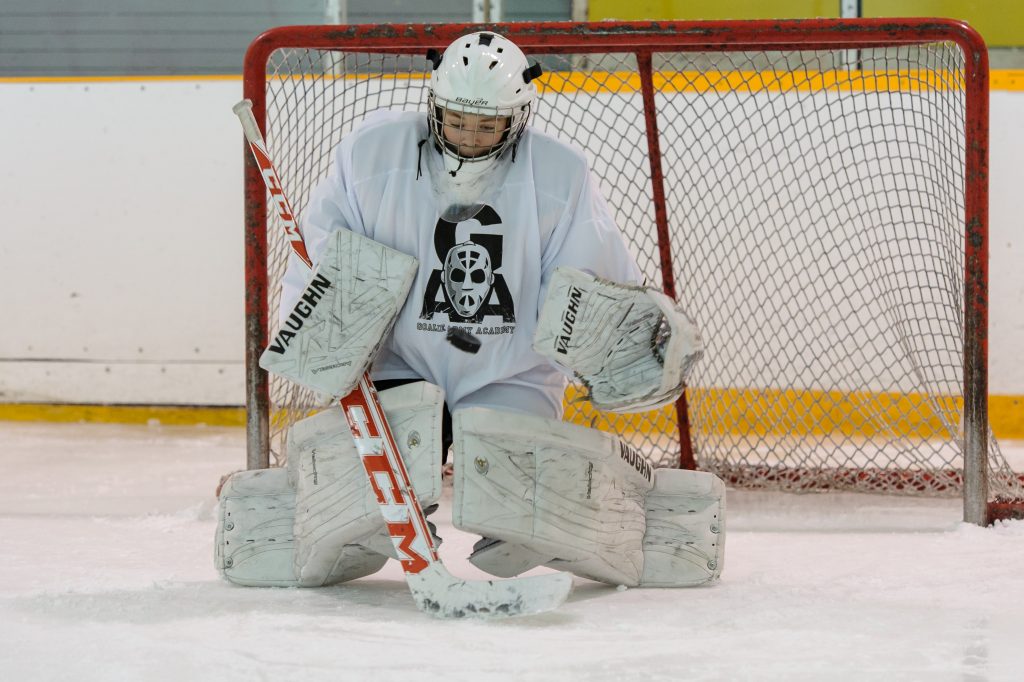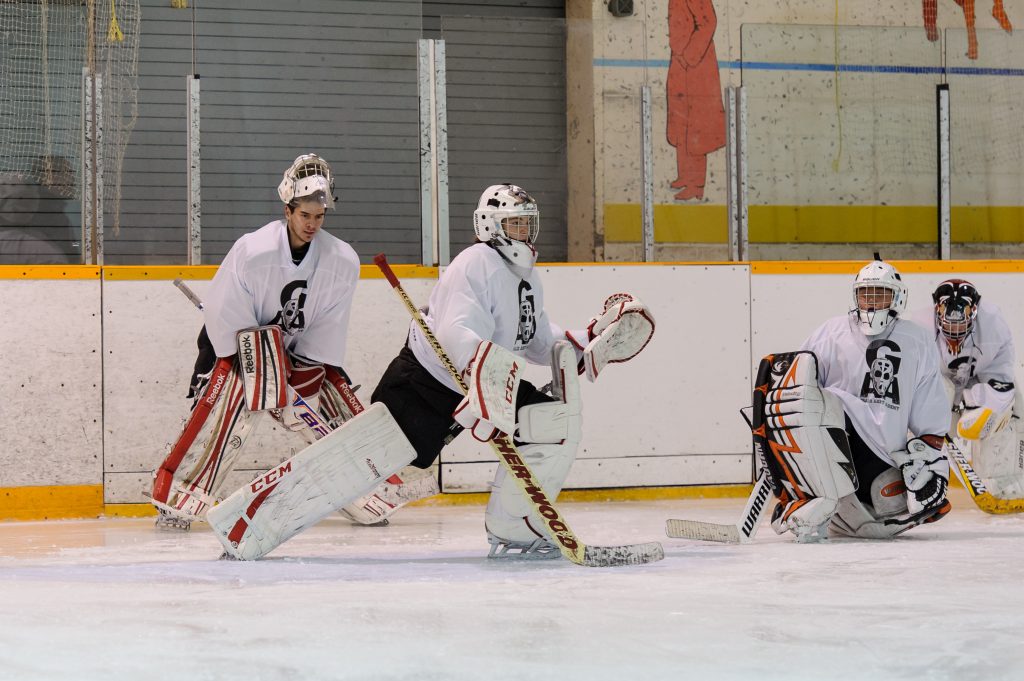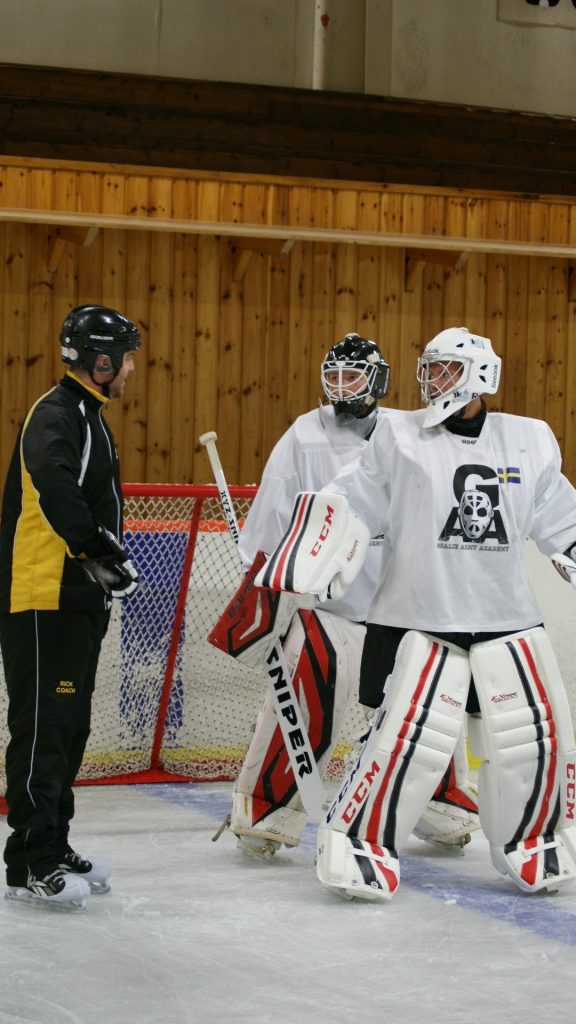Goalie Training Tips: Training with 4 Off-Season Rules
Goalie drills are pointless. This may sound odd coming from a goalie training provider. However, there are better things for your goalie to be doing which would enable them to develop at a faster pace than simply doing drills during their goalie training sessions.
 There isn’t a shortage of articles which explain that early sport specialization only limits the potential of an athlete. But this isn’t one of them.
There isn’t a shortage of articles which explain that early sport specialization only limits the potential of an athlete. But this isn’t one of them.
Instead, this article refers to the benefits of technical training, implementing forced rest periods, and teaching the game while understanding the importance of visualization.
Technical Training
All of our goalie training sessions are loaded with a technique-first mindset to push the importance of doing things well prior to attempting additional speed and power. The issues we face as goalie training providers is that goalies are so conditioned to work on making saves during a fast-paced team practices that students sometimes forget to consider the importance of technical training.
Working hard, and doing everything that you can as a goaltender are two extremely important attributes. But the importance of depth, angles, balance and stability, and understanding that every actions causes a reaction, are essential to long term development. Therefore, the earlier goalies understand this, the better.
 Forced Rest Periods
Forced Rest Periods
With the exception of a pre-season conditioning program, there is no point in paying a goalie training provider to put a child through a workout. As I say to my students, “if you want a workout, go for a run, do some agility ladder training, or go for a bike ride. But if you want to become a better goaltender, you need to work on all of the little technical things”. Sometimes taking a step back in order to take two steps forward is more important to become a better goaltender.
To become a better goaltender, an athlete must work on game situations in a training environment which simulates the flow of a game and which will also enable the goaltender to recognize these situations when faced with them during competition. Simulating game play is much like interval training which enables the athlete to receive rest periods from time to time. Therefore, it is essential to each goaltender to take rest periods during training. There is no benefit other than on a cardiovascular level to train to face shots non-stop for 5-10 minutes before receiving a short period of rest.
Although we as coaches are supplying the game situation simulations to our students, we must ensure that we are teaching our students the game in order for them to develop.
 Teaching the Game
Teaching the Game
A required element for goaltenders to develop, is the need to be taught and understand the game as it develops around them.
For anything from the depth of the crease to post position tactics, goaltenders need the answers to their when, why, and how questions. Although the use of drills rather than game situations may help goaltenders to face more shots, the amount of shots goalies face is irrelevant to developing a goaltender for competition.
Instead, giving students the full picture by being available to answer questions, discuss theory or situational techniques and tactics, enables them to understand the game around them. By building muscle memory and game situation recognition of what they have been working on during their goalie training sessions, students will reap the benefits of their hard work during their games by having been in these same situations so many times before.
Although we supply our students with plenty of game situation exercises during every one of our goalie training sessions, visualization is one of many important keys to success to connect training repetitions to gameplay recognition.
Visualization
There are many types of visualization which are beneficial to athletes. However, for the purpose of carrying one’s training into their games, the use of visualization must begin during goalie training sessions through emphasis on working on game situations, not drills.
As part of this process, students must first understand that there is a game situation behind every scenario which they face during our training sessions. However, to benefit fully, students must apply visualization techniques for every repetition that they execute during their training. Doing so, gives the athlete a sense of familiarity of the situations that they face during their games. By having “been there already” on numerous occasions, the student will be able to execute the necessary movement at the best of their ability with stability, precision and control in order to give them the best opportunity to control the play around them.


Leave a Reply